Dounreay meets target for liquid hazard reduction
4th September 2016
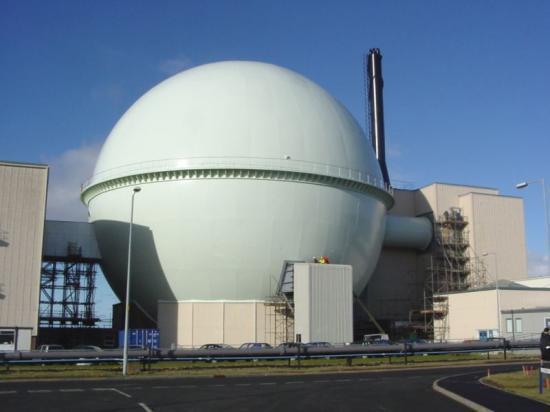
The last of the higher activity liquid waste produced during Dounreay Fast Reactor (DFR) fuel reprocessing has been made safe for future generations.
It is an important milestone in the immobilisation of the historic liquid waste, known as raffinate, created from reprocessing undertaken during the operation of Dounreay's three reactors.
The achievement comes just days after Dounreay announced that all of the reactor's liquid metal coolant had been destroyed.
Dounreay’s Waste Director, Bruce Covert, welcomed the news: "Encapsulation of 232 cubic metres of DFR raffinate is a significant achievement for the whole site, with the material grouted and suitable for long term storage in 875 drums.
"This is a good example of everyone at Dounreay working together as one team to safely deliver one programme, ensuring the project remained on schedule with minimal interruptions."
Nigel Lowe, NDA Head of Programme for Dounreay and Magnox, said: “This is a great milestone in a long line of Dounreay milestones. The team should be very proud of this achievement."
Batches of liquor were remotely transferred from underground tanks to a cementation plant. Here it was neutralised and mixed with cement powder inside 500-litre drums in a remote handling facility, making it passively safe for long-term storage or disposal.
The cementation plant will now undergo some engineering modifications and enhancements before the workforce begin to immobilise the Prototype Fast Reactor (PFR) raffinate.
Related Businesses
- Dounreay Stakeholder Group
- Nuclear Decommissioning Authority
- Dounreay
- Cavendish Dounreay Partnership Ltd
Related Articles
TAE Technologies and UKAEA partner to commercialise fusion tech
Joint venture to develop neutral beams for fusion and non-fusion applications, creating high-skilled jobs and establishing a critical supply chain. TAE Technologies, a leading US private fusion energy firm with over 25 years at the forefront of scientific innovation, today announces a bilateral and reciprocal investment commitment with the United Kingdom's national fusion laboratory, the UK Atomic Energy Authority (UKAEA) to commercialise TAE's proprietary particle accelerator technology for the global market.
Buried Hazards, Unfinished Business - What the NDA's 2025 Progress Report Really Tells Us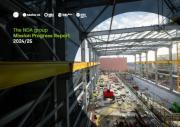
The Nuclear Decommissioning Authority (NDA) has released its 2025 Mission Progress Report is a slightly sprawling document chronicling one of the UK's most complex environmental undertakings. The safe dismantling of its early nuclear legacy.
New recruit officers join the Civil Nuclear Constabulary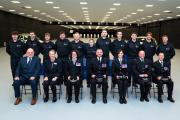
The Civil Nuclear Constabulary (CNC) welcomes its newest recruits. The CNC hosted two passing out parades for the graduating Authorised Firearms Officers (AFOs) of Initial Foundation Programme (IFP) 106.
Dounreay's next generation of talent honoured by apprentice award
Nuclear Restoration Services Dounreay's Kate Thomson has won Modern Apprentice of the Year at the Highlands & Islands Apprenticeship Awards in Inverness. Kate, who is in the second year of her apprenticeship in commercial and quantity surveying, said she was thrilled by the honour.
Taskforce calls for radical reset of nuclear regulation in UK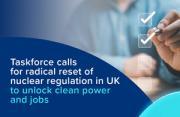
Nuclear Regulatory Taskforce publishes final report and calls for radical reset of overly complex nuclear regulatory system. An overly complex nuclear regulatory system has contributed to the "relative decline" of the UK's ability to deliver faster and cheaper nuclear projects.
NDA working with private developer to accelerate Chapelcross Hub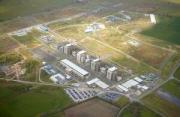
The NDA group has announced it's working with CX Power as the strategic developer to support the delivery of the green energy hub masterplan at Chapelcross. The Nuclear Decommissioning Authority (NDA) group has announced it's working with CX Power as the strategic developer to support the delivery of the green energy hub masterplan at Chapelcross, a programme set to transform the region.
Funding approved for Wick Harbour port consultant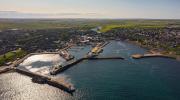
A specialist ports consultant has been appointed to develop a long-term strategic plan for Wick Harbour Authority (WHA) in Caithness. WHA has secured £47,775 from Highlands and Islands Enterprise (HIE) and the Nuclear Restoration Services, NRS Dounreay towards the cost of the services.
NDA announces £1 million funding to accelerate clean energy in West Cumbria
NDA announces £1 million investment to develop masterplan for clean energy development on land adjacent to Sellafield. The Nuclear Decommissioning Authority (NDA) has announced today it's investing £1 million of funding to develop the masterplan for a clean energy development on land adjacent to Sellafield, known as Pioneer Park.Fallon Campbell From Melvich Near Thurso Named As Apprentice of the Year At Awards In London
Rising star from North Scotland honoured at event to celebrate brightest and best in industry. An electrical apprentice from North Scotland is celebrating after being recognised for her contribution to industry at the 13th annual Engineering Construction Industry ECI Training and Development Awards in London.
The NDA Group Graduate Programme: more than a job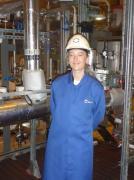
The NDA group graduate scheme offers far more than just a stepping stone into the nuclear industry; it's a chance to grow professionally, explore new places, and become part of a supportive community. Nuala Ledward, Assurance and Performance Graduate, shares how her secondment to Dounreay brought these benefits to life.
